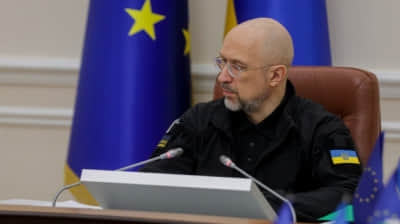Russians took Byzantium gold from Tauric Chersonesos museum
Russians looted the Tauric Chersonesos museum-reserve in temporarily occupied Crimea.
Source: Office of the Representative of the President in Crimea
Quote: "The occupiers ransacked the Tauric Chersonesos museum-reserve and took the Byzantine gold, as well as other artefacts: ancient products made of bone, clay, and other materials, to Veliky Novgorod, supposedly for an exhibition," the message states.
The presidential office also added that the Russians continue illegal archaeological excavations on the territory of this museum.
Tauric Chersonesos is an ancient Byzantine city-state in the southwestern part of Crimea. In 1892, a National Reserve was opened on the site of the ruins of the settlement.
On 23 June 2013, the Tauric Chersonesos and its Chora were included in the UNESCO World Heritage List at the 37th session of the UNESCO World Heritage Committee in Cambodia.

After Russia's occupation of Crimea in 2014, there were concerns about the preservation of the museum's heritage. In 2015, there were reports that the Russian army poured concrete over the site of an ancient estate on Cape Chersonese. In 2021, the occupation authorities announced that they wanted to expand the New Chersonese complex, but it was criticised for the project's planned use of excavators and pouring concrete in the buffer zone.
In December 2022, Evelina Kravchenko, a senior researcher at the Institute of Archaeology of the National Academy of Sciences of Ukraine, said that the Russian occupiers had prepared the collections of Tauric Chersonesos for export outside the peninsula.
She reported that about a year ago, the occupiers issued an "order" to prepare for the evacuation of the collections of four Sevastopol museums: the Tauric Chersonesos National Reserve, the Sevastopol Art Museum named after Kroshytskyi, the Combined Museum of Panoramas and Dioramas, and the Museum of the Naval Fleet.
Journalists fight on their own frontline. Support Ukrainska Pravda or become our patron!






